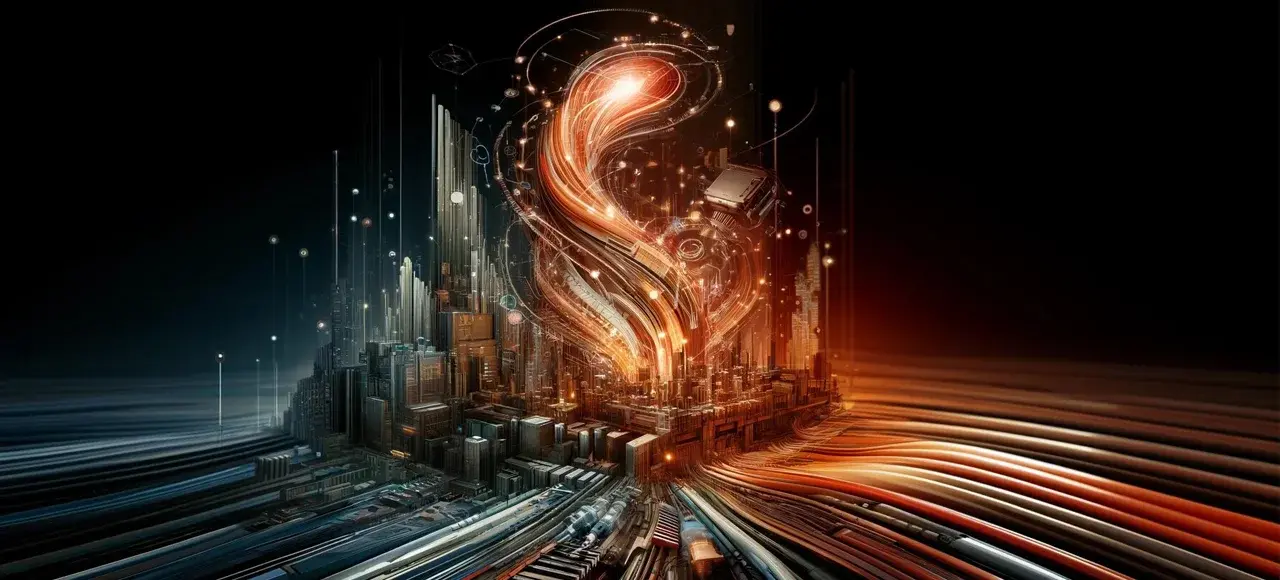
Ever wondered how simple it is to get rid of unwanted scrap metal? All you need to do is hop online, find a directory of recycling firms in your city, compare who offers the best deal, and select the most convenient location. Many companies, such as Mirada Levante, are so eager for your metal that they're willing to pick it up right from your doorstep for free and might even dismantle old structures for you. But where does all this metal go after you've handed it over for recycling? Let's delve into why scrap metal doesn't belong in the landfill and how it transforms into materials for new products.
Using scrap metals allows for more efficient energy use, conservation of natural ore reserves, and a reduction in the environmental impact. According to international associations, recycling non-ferrous scrap metal can reduce toxic emissions by 5 to 10 times. Moreover, the cost of producing finished goods decreases two to fourfold.
Copper scrap leads the way in terms of recycling volumes. It's transformed into wires, power cables, pipes, and computer parts. Aluminum takes second place in the recycling hierarchy, finding its use in construction, aviation and automotive manufacturing, furniture, fasteners, and beverage cans. Lead recycling is also well-established, vital for
Recycling ferrous scrap metal cuts down the amount of harmful substances released into the atmosphere by 85% compared to using iron ore. Around half of the world's steel is produced from scrap metal. Recycled material, melted into ingots, is turned into wire, containers, and metal structures. Recycled metal is extensively used in construction, for example, in reinforcing bars for concrete, shipbuilding, and the railway industry, with the quality of these products matching those made from virgin materials.
So, what happens to scrap metal after it leaves our yards and garages? Turns out, it embarks on an eventful journey! The metallurgy world is full of industrial behemoths dedicated to recycling from start to finish. But that's not all. Numerous paths lead scrap metal to a new lease on life, with sorting and shredding at collection points being among the most common routes. Then, like the unsung hero of an epic saga, the metal heads to smelting plants, awaiting its transformation.

Before this pivotal moment, the metal undergoes several critical stages:
Sorting: This involves separating metals by type and quality since each metal requires a specific approach and recycling technology.
Cleaning: The metal sheds all impurities, including paint, plastic, and rust. This step is crucial to ensure the end product is of the highest quality.
Shredding: This process makes scrap metal more manageable and readies it for the next step — melting.
Melting: Here, scrap metal begins anew, transforming into molten metal, ready for further conversion.
Casting: The molten metal solidifies in molds, becoming ingots that will be turned into new products.
Each stage is a vital part of the process, allowing us not only to conserve the planet's resources but also to breathe new life into materials that might otherwise pollute the environment. On this journey, scrap metal morphs from "waste" into valuable raw material for new beginnings.
At Mirada Levante, we're proud to be a part of this eco-friendly cycle, ensuring that every piece of metal we process contributes to a greener planet and a sustainable future.
What's the deal with scrap metal? Essentially, it falls into two categories: the "dark" side (ferrous metals like steel and iron) and the "bright" personalities (non-ferrous metals such as copper, aluminum, and others). At many collection points, the procedure is straightforward: split our metallic heroes into two distinct piles. Upon arrival for recycling, scrap is meticulously examined, from size to composition, stripping away all excess.
However, not all metals are fortunate enough to make it further. Those coated with rust or blackened by fire are directed straight to the landfill, except for instances with a stubborn layer of rust that firmly holds on.
Non-ferrous metals, utilized in sensitive areas including rocketry and munitions, undergo a special kind of scrutiny: pyrotechnic control. Should anything potentially explosive be detected, expert pyrotechnicians step in to manage the situation.
Another critical checkpoint is radiation screening. Among the scrap, one might find such "gifts" as outdated oncological equipment, parts of nuclear-powered ships, or even materials from radioactive zones. Scrap with elevated radiation levels is a strict no-go. It's not just turned away from recycling but is also carefully decontaminated and transported to specialized sites for radioactive waste.
Imagine scrap metal as a guest at a beauty salon, except instead of facemasks and scrubs, it's greeted by magnets and crushers. Contamination, in this case, means unwanted attachments like sand, soil, or bits of different metals. Picture steel slightly mingling with iron, or copper cozying up next to ferrous metal — sounds almost like a fantasy, doesn't it? Yet, each metal has its tolerance level for such companionship — galvanized tin, for instance, can accommodate up to 8% extra, while bronze only allows for 2%.
Now, for the exciting part — how we rid ourselves of these uninvited guests. Initially, scrap is checked for "impurities" visually or with the coolest gadget around, a spectrometer. It's then sent on an exhilarating journey through a crusher, shedding all dirt and dust under a powerful air blast. As for non-metallic inclusions, a magnetic separator acts as a metal scrap filter. Envision scrap traveling along a conveyor belt or spinning inside a rotating drum, with magnets attracting all things metal, leaving non-metallic pieces behind.
What tools do those who clean our world, transforming old metal into new possibilities, have at their disposal? Furnaces are just the beginning. Facilities where both ferrous and non-ferrous scrap find new life are equipped with an impressive array of devices:
Cranes and lifting magnets act as the giants' hands, effortlessly moving heavy scrap as if it were feathers.
Separators, feeders, and transfer machines are the magicians' hats, pulling out not rabbits, but pure metal, freed from any excess.
Alligator and hydraulic shears, crushers, shredders are the vigilantes, breaking down metal only to give it a new purpose.
Electric saws and plasma cutting machines are the artists, crafting order and beauty from metallic chaos.
Hydraulic presses are the strongmen, capable of molding metal into the desired shapes and sizes.
At Mirada Levante, we harness these powerful tools to ensure that every piece of scrap metal is transformed into something valuable again, contributing to a cleaner planet. Even in our smaller workshops, manual craftsmanship is highly valued. Here, true artisans manually cut metal using saws or guillotines, a reminder that in the age of advanced technology, there's always room for human skill.
Launching a scrap metal recycling enterprise is akin to choosing between two evils. On one hand, manual cutting increases waste by 10-15%. On the other, top-notch equipment that devours electricity and requires frequent updates can cost a fortune.
Then there's the environmental aspect. The recycling process emits everything from carbon dioxide to hydrogen sulfide. Though it's still better than mining ore, we're far from carbon neutrality. Yet, there's a silver lining: investments are helping metallurgical giants, including Mirada Levante, to fight global warming actively.
Storage and processing of non-ferrous scrap also present problems. Open storage and manual cutting are not just outdated methods but also a direct route to environmental disaster. Metal dust from copper and lead silently harms both nature and human health.
Another issue is the insufficient supply of scrap metal for full-capacity plant operations. These recycling paradoxes show that progress requires not just technology but a commitment to a greener future.